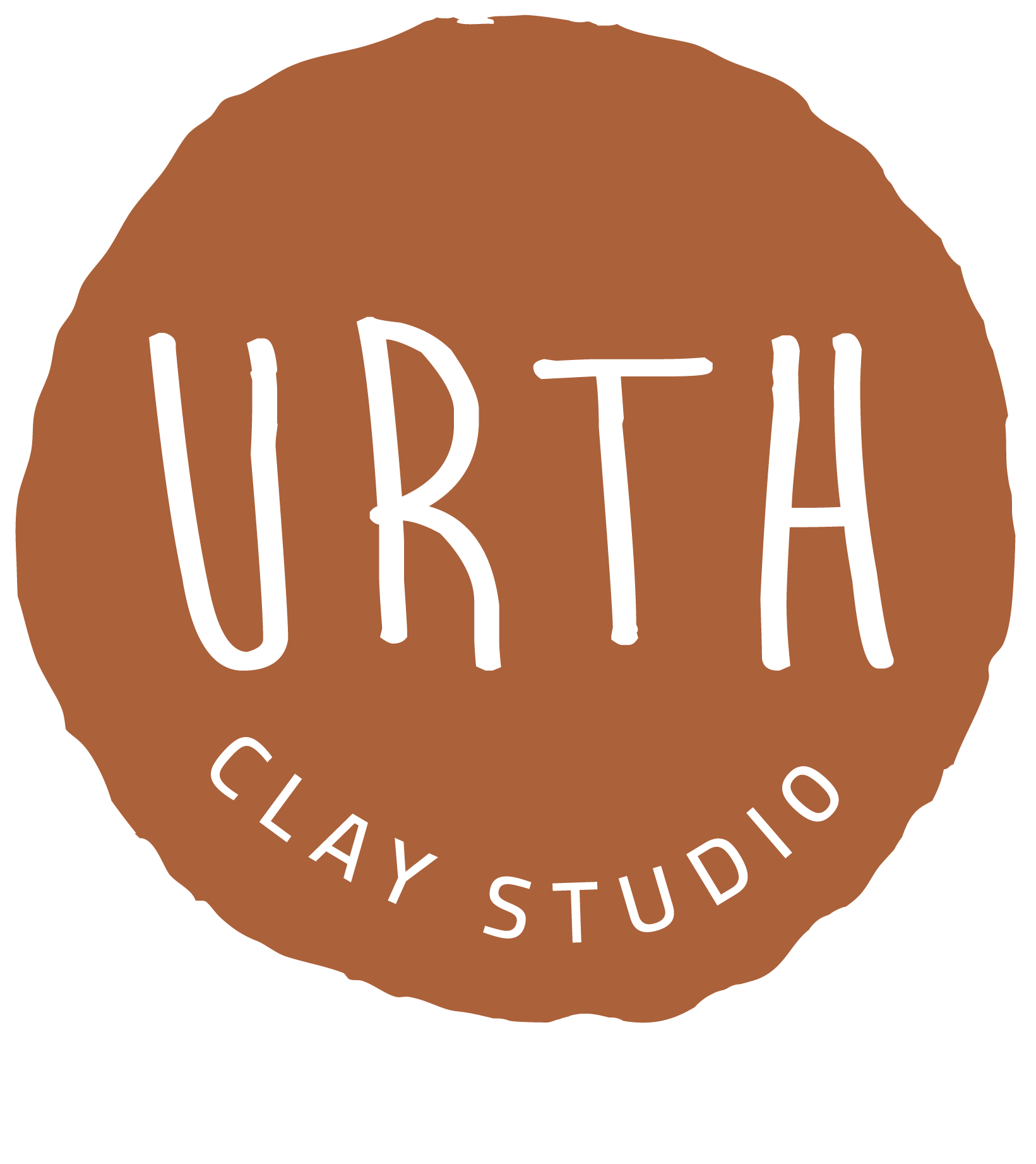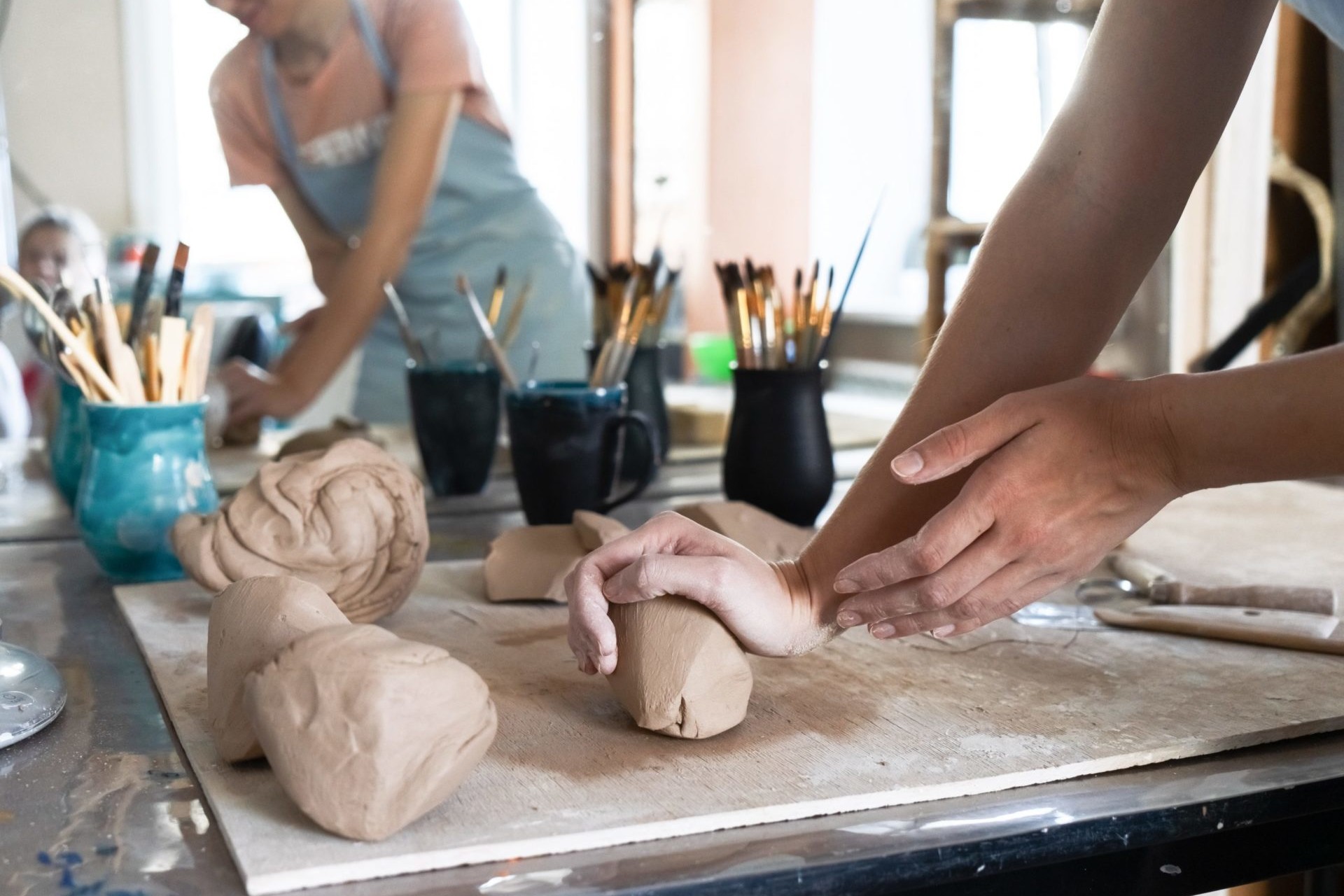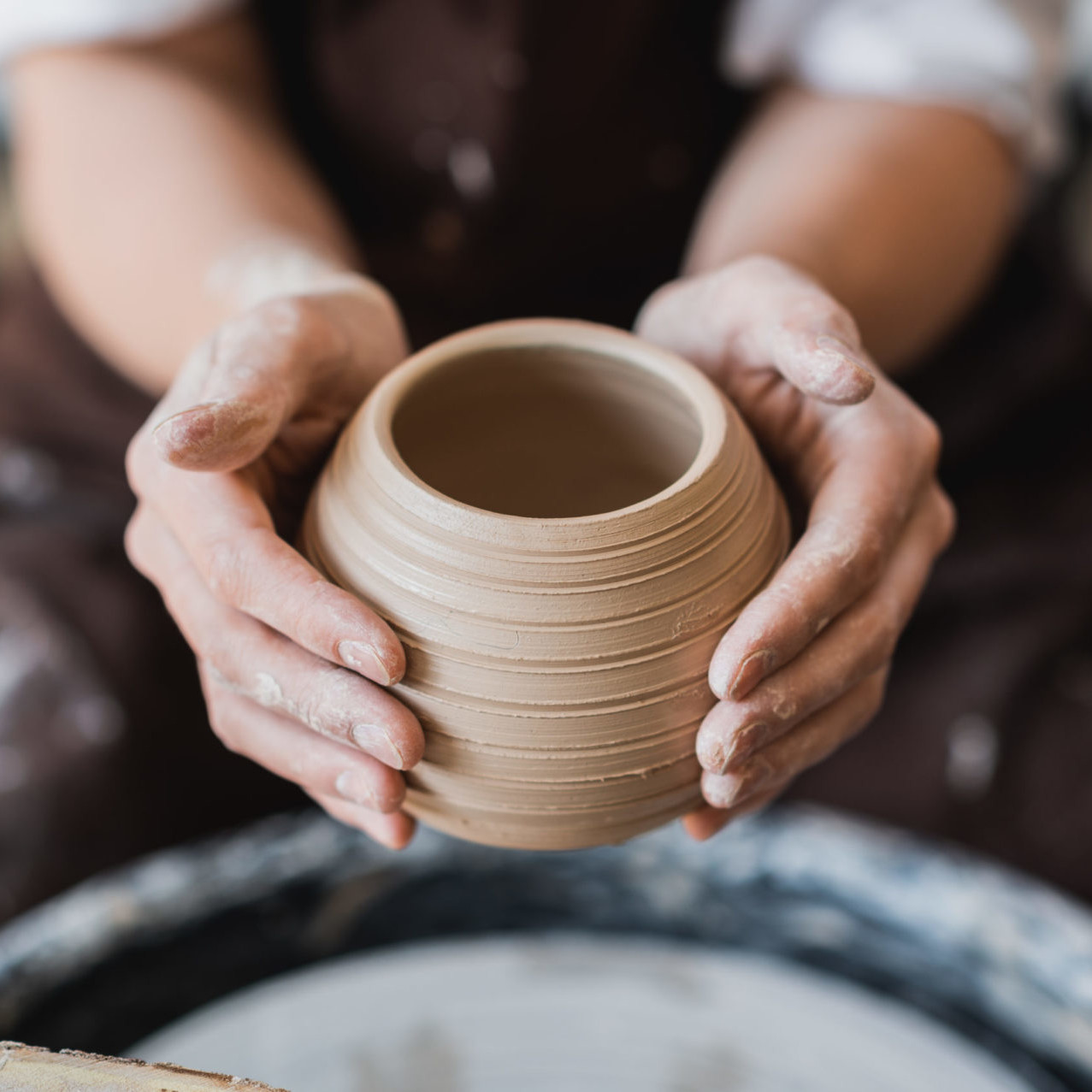Urth Clay Studio
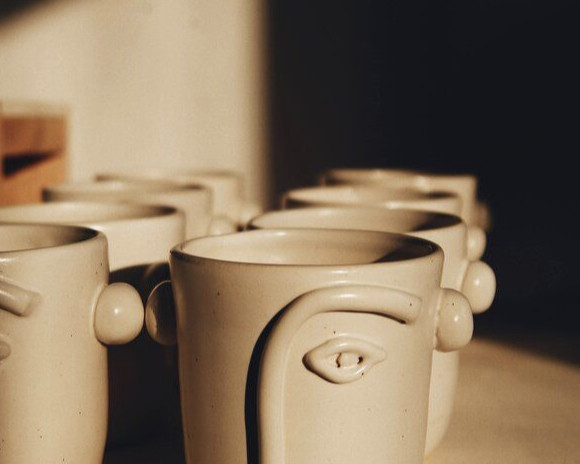
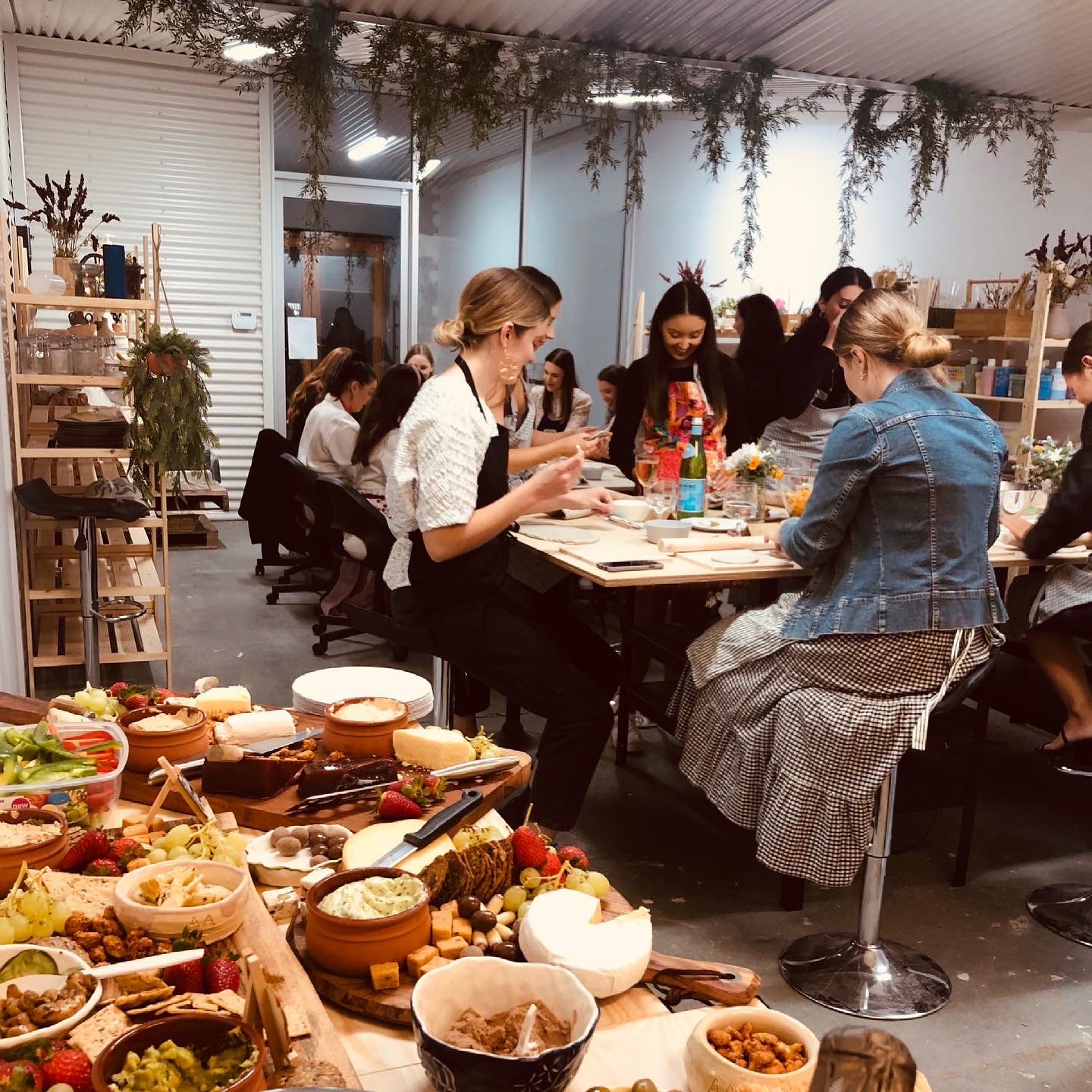
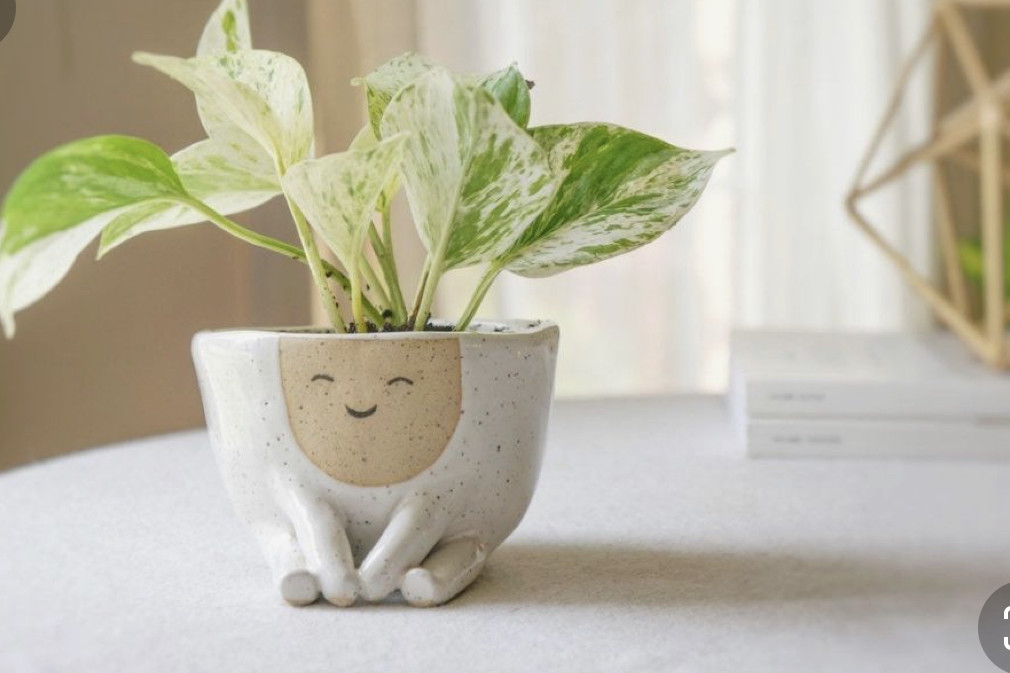
Our story
At Urth Clay Studio, we believe in community empowerment, diversity, and experiment. Learning through fun, laughter, and positivity. We protect our environment using an environmentally friendly firing process that guarantees reliable results.
We provide a large variety of clay in both small and large portions. So you can learn the differences between clay bodies. Our classes allow you to master modern or ancient techniques to create your very own masterpiece. Hands-on classes help you create at your own pace and level without any pressure or judgment.
Our studio provides easy parking in the surrounding area.
https://glamadelaide.com.au/switch-off-at-urth-clay-studios-mindful-pottery-workshops/
Urth offer free classes to a large variety of people in need within our community. Starting from aged care to people with special needs. We aim to help people with special needs integrating into our community. Recent class participants on the NDIS and their support workers have attended to gain balanced mental health.
When Zein Akkad moved to Australia from Syria seven years ago, she started pottery classes and it changed her life for the better. The conflict in her home country had taken a toll on her mental health. But pottery gave her a creative outlet and helped to focus and calm her mind.
She found this art form so engaging and addictive that she learnt as much as possible about it, experimenting with different techniques such as slab building, wheel throwing, Japanese form pressing and kirinuki.
Gradually, she started to feel much better. ‘I noticed how positive my feelings were when working with clay,’ says Zein. She believes this is because the touch and feel of this medium is beneficial on many levels. And recent studies in neuroscience support this, showing that sensory activities, such as moulding clay, can be soothing to the nervous system and had help people recover from trauma.
In fact, she began her largest sculpture one night because she was feeling anxious and overwhelmed. With English as her third language, it can be difficult to articulate her feelings through talking. Zein explains, ‘the easiest way to express myself and relieve stress is to dig my hands in clay.’
So, she stacked up eight bags of clay and started making a 1-metre sculpture. Using the kirinuki technique, she carved the outside to get the desired shape, then cut the sculpture in half and hollowed out the inside. The sculpture was raw glazed with a spray gun, then fired 4 times at different temperatures (see technical notes for details).
People comment that the finished sculpture looks a bit like coral. But to Zein the bumpy patterns reflect the folds and creases of the brain and the vertical lines remind her of veins. All together, the sculpture represents the brain, body and nervous system working in harmony to create a state of wellbeing. It’s a symbol of inner balance on all levels : mental, physical and emotional.
Having witnessed the therapeutic effects of clay on herself and others, she also ‘wanted to help the local community.’ So with a grant for ‘art and mental health’, she started Urth Clay Studio, teaching mindfulness pottery classes to adults and children. And today, over 400 people a month attend the sessions.
Now, seven years after finding a new home in Australia, Zein is using her passion for ceramics to give back to the community. With her enthusiasm for pottery and positive mental health, the classes boost the creativity and wellbeing of everyone that comes to Urth Clay Studio.
Technical notes
The glazing and firing steps for the kirinuki sculpture were as follows:
1. single fired to cone 6,
2. blue earthenware glaze and fired to 1100 degrees,
3. green earthenware glaze and fired to 950 degrees,
4. luster silver glaze and fired to 840 degrees,
5. gold french ceramic coat and fired to 150 degrees for half an hour.
References
1. Elbrecht C, Antcliff LR. Being touched through touch. Trauma treatment through
haptic perception at the Clay Field: A sensorimotor art therapy. Int J Art Therapy. 2014
Mar [cited 2021 July 31]. Available from:
https://www.tandfonline.com/doi/full/10.1080/17454832.2014.880932?scroll=top&needAccess=true
By Carolyn J Wild
